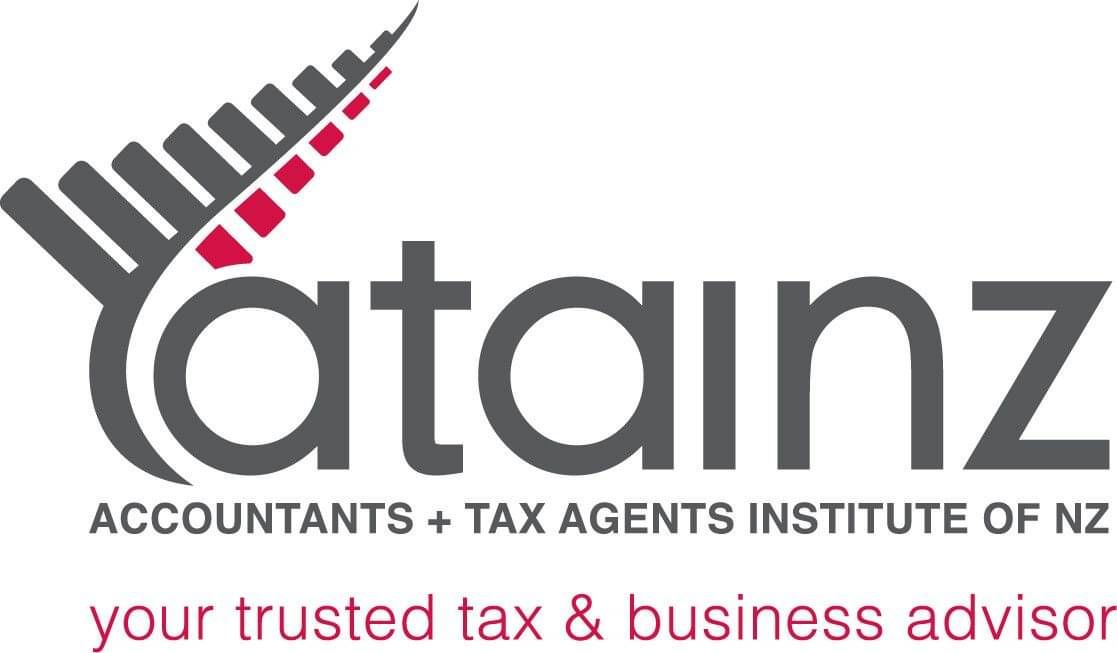Owning a business can be brilliant, but you might not want to do it forever.Whether you’re ready to retire, want to cash up, or you just need a break, at some point you will probably want to move on from your business. Even before that time comes, you’ll need a plan for stepping back.
Options for stepping back
Think about what kind of future you would like with your business. Do you want to step away completely or stay involved?
Exiting a business can take different forms, such as:
Selling
Closing down
Passing down some, or all, of the business to a family member
Handing on some responsibilities to other team members while retaining a role
No longer working at the business but retaining some ownership
Why is an exit strategy important?
Stepping away from your business can be a complex process. You don’t want to be rushed or pressured when you start this process. You need to have an exit strategy, also known as a succession plan, so you can step back in the way that best suits you.
Having a plan in place means you can maximise your sale price, and it helps with a smooth transition to the new owner. With time to get yourself organised, you can also support a new owner to borrow, or ‘earn out’, the purchase of your business.
How to create a succession plan
The closer you are to exiting your business, the more detailed your succession strategy needs to be. Your plan will vary depending on your situation, but it should include written goals, a list of assets with their values, and a timeframe. You should also talk to other people who might be involved, like family members or senior team members.
You’ll also need solid advice – from us and from your lawyer. If you’re thinking about stepping back, we can help talk you through the options, calculate the potential value of your business, and get a succession plan in place. Get in touch! We’d love to hear from you.






